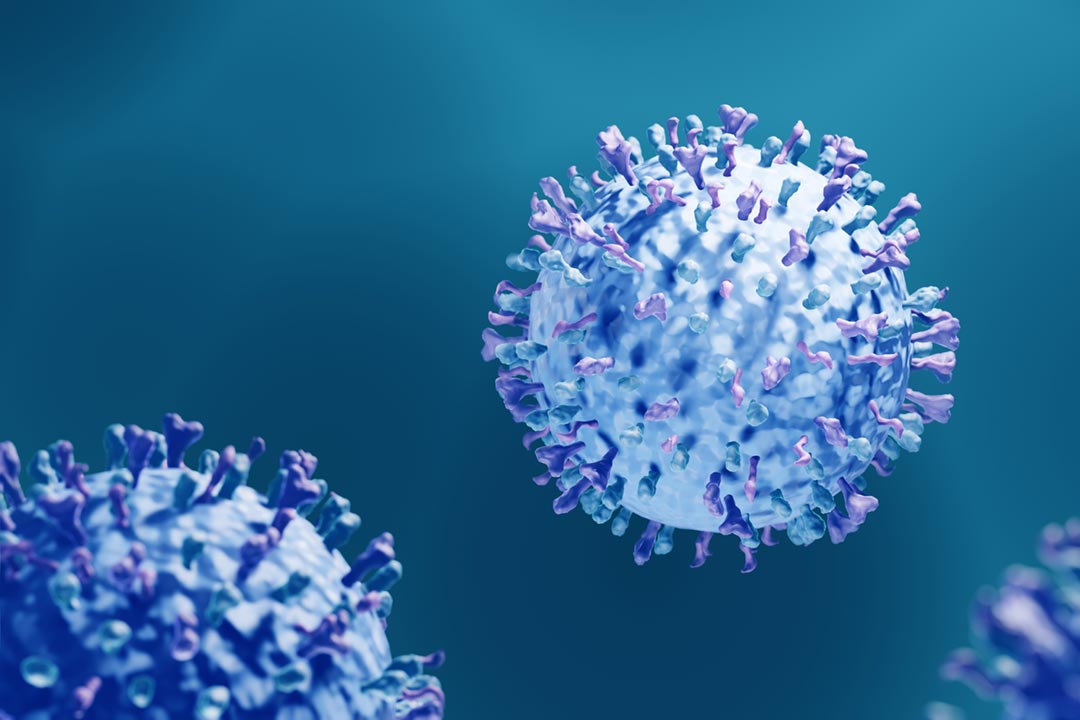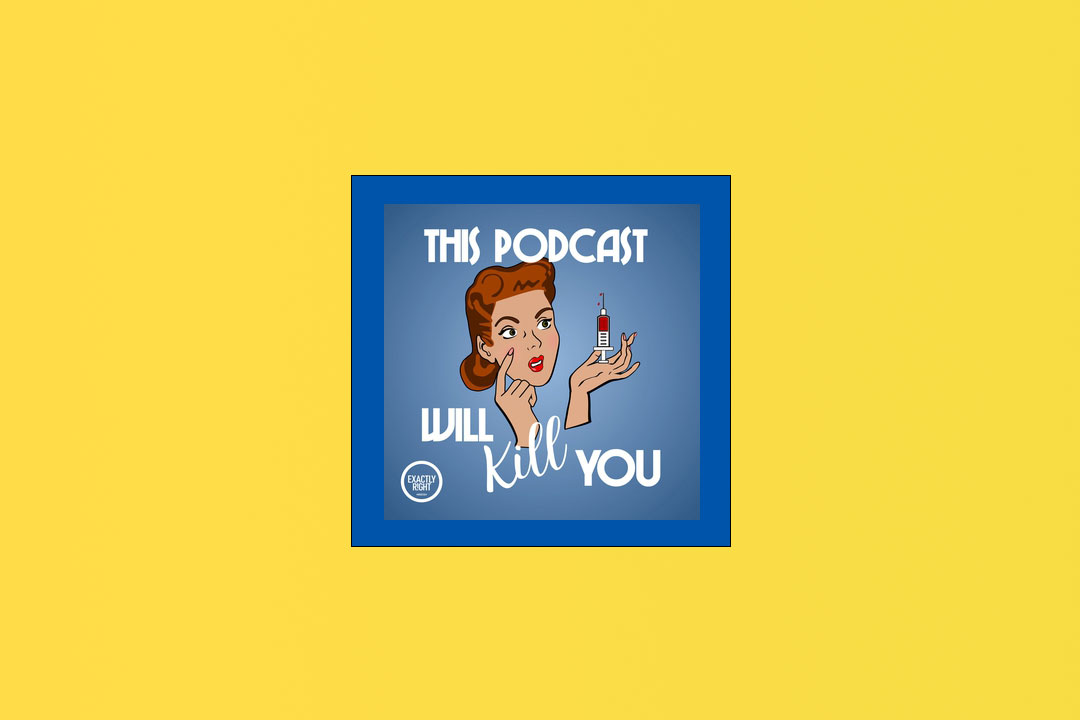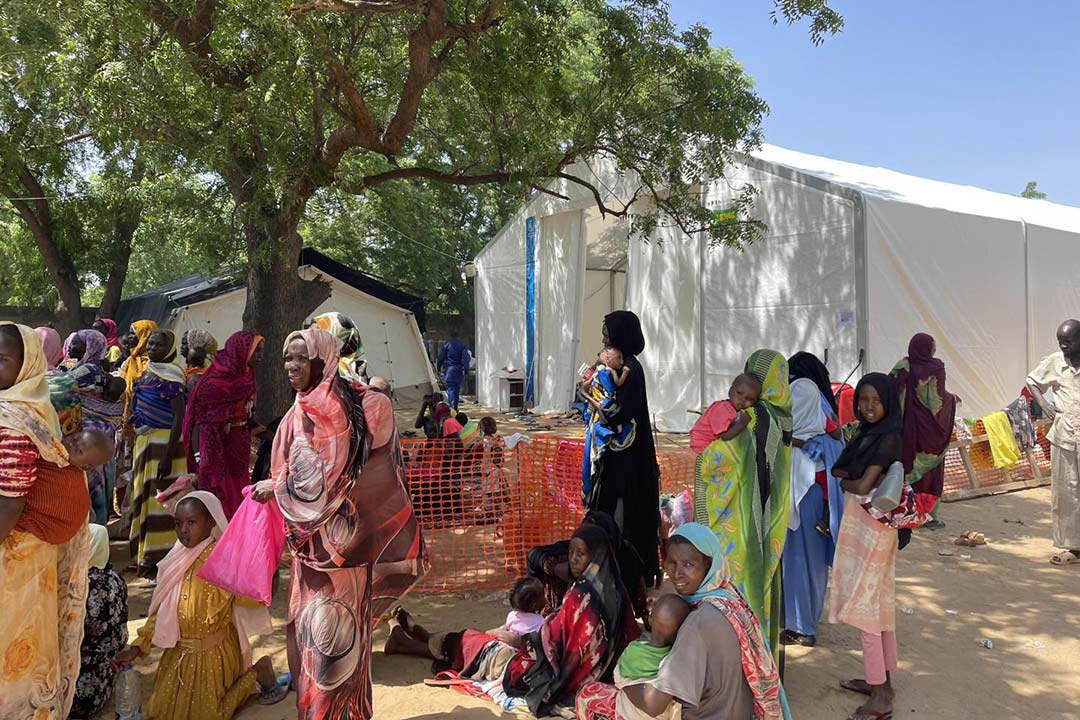RSV vaccines: Are we close to taming one of the world’s biggest killers of children?
Respiratory Syncytial Virus is one of the world’s biggest killers of children under one, with the majority of deaths occurring in lower-income countries. New vaccines in development could save countless lives.
- 24 May 2023
- 4 min read
- by Ciara McCarthy

Could you name the biggest infectious cause of death in infants worldwide? It's not diarrhoea. Its not malaria. In fact, it kills more children under one than both of these diseases put together. The answer is lower respiratory tract infections.
Recently the US Federal Drug Administration (FDA) approved the world's first vaccine against one of the biggest causes of these deadly infections: respiratory syncytial virus (RSV). You might not have heard of RSV but you've probably had it – it's a major cause of the common cold every winter in many countries around the world.
An estimated 33 million RSV-associated lower respiratory tract infections (LRTI) occur in children under five every year, leading to 3.6 million hospital admissions. What’s more, over 95% of these infections occur in low- and middle-income countries.
While it infects millions of people worldwide every year, RSV usually only causes mild symptoms. It becomes a problem when it infects young children or the elderly, who are more likely to experience more serious complications such as bronchiolitis or pneumonia.
An estimated 33 million RSV-associated lower respiratory tract infections (LRTI) occur in children under five every year, leading to 3.6 million hospital admissions. What's more, over 95% of these infections occur in low- and middle-income countries, where children may be less likely to have access to the medical care required to save their lives.
The recently-approved vaccine, for use in people over 60, has been found to be very effective in trials, reducing the risk of severe RSV-related lower respiratory disease by 94% in the RSV season following vaccination.
Have you read?
There are other vaccines and prophylactic treatments in the pipeline to help reduce the burden in young children too. However, the very young age of the children most at risk of severe complications requires a slightly different approach to other childhood diseases.
A maternal RSV vaccine is currently in Phase III trials and will be considered for approval by the FDA later this month. In an interim analysis, it has shown over 80% efficacy against medically attended severe RSV-associated LRTI during the first three months of life.
Vaccines work by triggering an immune response that leads to the development of antibodies against a specific pathogen, so that our immune system is better able to respond if we encounter that pathogen again. Newborn babies are less able to develop antibodies than older children or adults, which means vaccination can prove less effective.
One way of getting around this is to give the babies antibodies directly rather than giving them a vaccine that requires them to develop the antibodies themselves. This approach is already being taken to protect at-risk babies in some high-income countries, but the prophylactic currently used is expensive and needs to be administered monthly throughout the RSV season.
This means it is inaccessible to many children living in the lower-income countries that experience the majority of the global RSV burden. However, a new prophylaxis has recently been developed that only requires one dose. In a recent trial, it reduced the risk of medically-attended RSV-associated LRTI by 79.5%.
Another approach is to vaccinate mothers during pregnancy. Antibodies pass from mothers to children to help protect them against a whole host of infections in the first few months of life, and this mechanism is being used to protect them against RSV.
Most importantly, as more and more tools for RSV prevention become available, we need to ensure that they are accessible in low- and middle-income countries – where they are needed the most.
A maternal RSV vaccine is currently in Phase III trials and will be considered for approval by the FDA later this month. In an interim analysis, it has shown over 80% efficacy against medically attended severe RSV-associated LRTI during the first three months of life.
It's an exciting time for the field of RSV prevention, with a number of effective new vaccines and antibody treatments on the way, but there is still more work to be done in deciding how best to use these interventions in order to have the most impact. Understanding the duration of protection provided by these vaccines and prophylactics will be a crucial factor in this. The most appropriate intervention may also vary by setting, depending on the RSV burden and health system infrastructure for delivery.
Most importantly, as more and more tools for RSV prevention become available, we need to ensure that they are accessible in low- and middle-income countries – where they are needed the most.
More from Ciara McCarthy
Recommended for you








